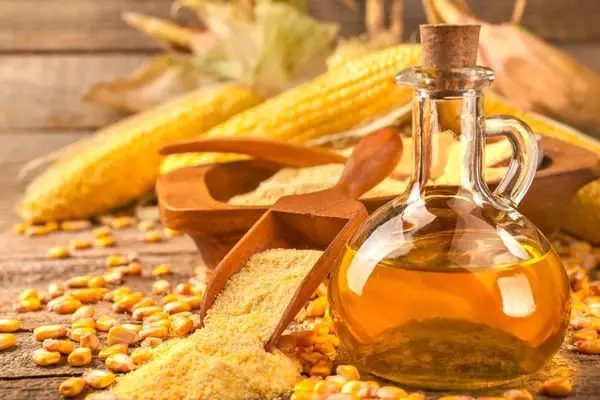Baking is an art that requires precision, patience, and the right ingredients to achieve the perfect texture, flavor, and appearance.
While most bakers rely on butter or vegetable oil to create their baked goods, there’s another ingredient that can take your baking to the next level: corn oil.
In this article, we’ll explore the role of corn oil in baking, its benefits, and how to use it effectively to enhance your baked goods.

- What is Corn Oil?
- The Benefits of Using Corn Oil in Baking
- How to Use Corn Oil in Baking
- Corn Oil vs. Other Oils in Baking
- FAQs About Corn Oil in Baking
- Conclusion
What is Corn Oil?
- Definition and Extraction
- Types of Corn Oil
The Benefits of Using Corn Oil in Baking
- Improved Texture
- Increased Shelf Life
- Health Benefits
- Neutral Flavor
How to Use Corn Oil in Baking
- Substituting Corn Oil for Other Oils
- Measuring Corn Oil
- Tips for Using Corn Oil
Corn Oil vs. Other Oils in Baking
- Butter
- Vegetable Oil
- Canola Oil
- Olive Oil
The Benefits of Using Corn Oil in Baking:
- Improved Texture:
Corn oil contains a high level of unsaturated fats, which can improve the texture of your baked goods. Unsaturated fats are more liquid at room temperature than saturated fats, which means they create a lighter, airier texture in baked goods. This is especially important for cakes and muffins, which require a light, fluffy texture.
- Increased Shelf Life:
Another benefit of using corn oil in baking is that it can increase the shelf life of your baked goods. The high level of unsaturated fats in corn oil helps to prevent baked goods from becoming stale or dry. This is especially important if you’re baking in bulk or if you want your baked goods to last for several days.
- Health Benefits:
Corn oil is also a healthy alternative to other oils in baking. It contains polyunsaturated and monounsaturated fats, which can help to reduce your risk of heart disease and lower your cholesterol levels. Additionally, corn oil is low in saturated fats, making it a healthier choice than butter or vegetable oil.
- Neutral Flavor:
Finally, corn oil has a neutral flavor, which means it won’t affect the taste of your baked goods. This is especially important if you’re making delicate baked goods, such as angel food cake or shortbread, where the flavor of the ingredients is crucial.
How to Use Corn Oil in Baking:
To use corn oil in baking, you can simply substitute it for other oils in your recipe. For example, if a recipe calls for 1 cup of vegetable oil, you can substitute 1 cup of corn oil instead. Keep in mind that corn oil has a slightly different flavor and texture than other oils, so your baked goods may come out slightly different than if you had used a different oil.
